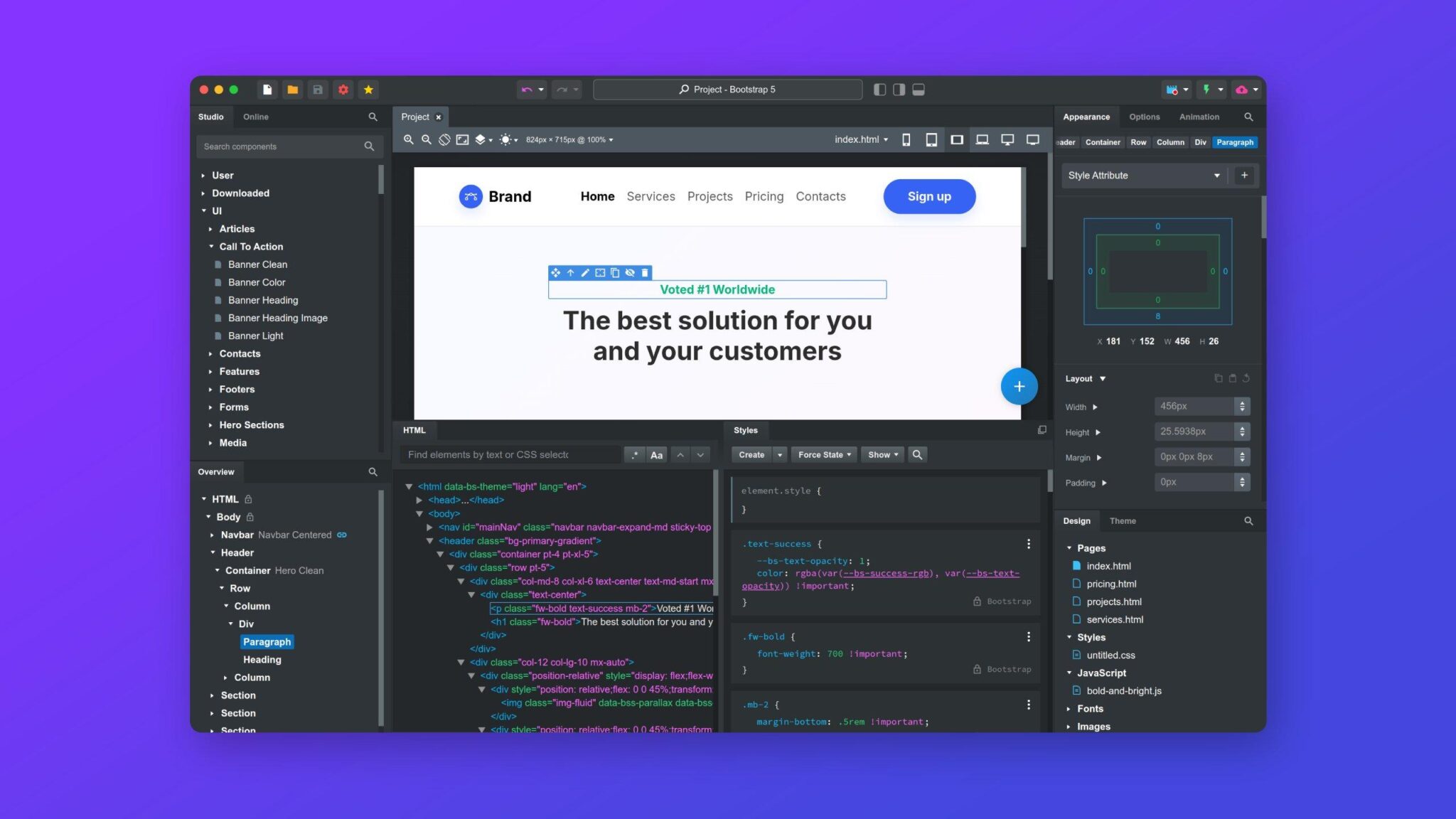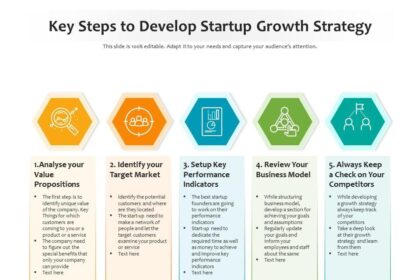In a world where innovation and ambition collide, the dream of launching a startup often feels both thrilling and daunting. While many entrepreneurs envision lavish funding rounds and bustling office spaces, a quieter, yet equally powerful path exists: bootstrapping. “Building from Scratch: The Art of Bootstrapping Your Startup” takes you on a journey through this less-trodden route, where resourcefulness and creativity become your greatest allies. Here, every dollar saved fuels your vision, and every challenge transforms into an opportunity for growth. Join us as we explore the nuanced landscape of self-sufficiency in entrepreneurship, uncovering the strategies, stories, and insights that empower aspiring founders to turn their dreams into reality without the safety net of external capital. Whether you’re a seasoned business veteran or a first-time entrepreneur, the art of bootstrapping invites you to rethink what it means to build a startup, one determined step at a time.
Strategic Planning: Laying the Foundation for Success
Every successful startup begins with a meticulously crafted plan that serves as its blueprint. The process of strategic planning isn’t merely about deciding what to do; it’s about identifying what not to do. A well-thought-out strategy allows entrepreneurs to sharpen their focus, allocate resources efficiently, and create a roadmap to steer their ventures through uncertain terrains. Key components to consider in your planning include:
- Market Research: Understanding your target audience and competitors.
- Value Proposition: Clearly defining what sets your startup apart.
- Goals and Metrics: Establishing short-term and long-term objectives.
- Resource Allocation: Identifying required funds, tools, and team members.
Creating a strategic plan sets the stage for maintaining alignment across various aspects of your business. This alignment ensures that all team members are on the same page, enhancing collaboration and decision-making. Utilizing a simple yet effective framework can assist in organizing your strategic initiatives. For example, you might consider the following table to clarify priorities:
| Strategic Initiative | Priority Level | Timeline |
|---|---|---|
| Develop MVP | High | Q1 |
| Market Testing | Medium | Q2 |
| Customer Acquisition Strategy | High | Q3 |
| Scale Operations | Low | Q4 |
By focusing on these strategic initiatives, you can ensure that your startup not only functions but thrives in a competitive landscape. Remember, the flexibility of your plan is just as important as the content; be prepared to adapt your strategy as feedback from the market is gained and circumstances change.

Resourceful Funding: Creative Ways to Bootstrap Your Venture
When venturing into the world of entrepreneurship with limited funds, think outside the box, as resourcefulness is your greatest ally. Consider leveraging sweat equity—dedicating your skills and time in exchange for services or products you need. Additionally, tap into your local community by organizing a pop-up event or workshop where you can showcase your offerings while engaging directly with potential customers. This not only cultivates a loyal customer base but also fosters relationships that can lead to future partnerships. Other innovative strategies include barter networks, crowdfunding platforms, or even utilizing pre-order sales to gauge interest and generate initial cash flow before launching your product fully.
Moreover, don’t underestimate the power of networking. Attend local meetups or online webinars to connect with other entrepreneurs who have successfully bootstrapped their ventures. Building a mentorship relationship can provide invaluable insights and potential investment. Moreover, consider creating an informal advisory board composed of friends or professionals who can provide guidance without demanding equity. A simple table can help to visualize and prioritize potential funding sources and their benefits:
| Funding Source | Benefits |
|---|---|
| Friends & Family | Low-interest loans, emotional support |
| Crowdfunding | Customer validation, market exposure |
| Bartering Services | Cost savings, community relationships |
| Pre-order Sales | Immediate cash flow, commitment from customers |

Building a Resilient Team: Finding Talent on a Budget
In today’s competitive landscape, assembling a talented team without breaking the bank is not just a challenge but a necessity. To achieve this, consider tapping into freelance talent or interns, who often bring fresh perspectives and innovative ideas. Look in these unexpected places to discover hidden gems:
- Local universities: Collaborate with career centers to find eager interns.
- Freelancing platforms: Websites like Upwork and Fiverr can connect you with skilled professionals on a project basis.
- Community networks: Engage in local meetups or online forums where creative talent may be seeking opportunities.
When evaluating potential hires, prioritize cultural fit and attitude over experience. Building a resilient team relies on individuals who are adaptable and committed to your startup’s mission. To streamline your hiring process, consider using a scoring system to objectively assess candidates on relevant criteria:
| Criteria | Score (1-5) |
|---|---|
| Teamwork Ability | |
| Problem-Solving Skills | |
| Adaptability | |
| Passion for the Industry |
This method not only provides a clear visual representation of their skills but also helps ensure that each new addition to your team is aligned with your startup’s core values and vision.

Market Validation: Test Your Idea Before You Invest
Before diving headfirst into your entrepreneurial journey, it’s essential to gauge the potential of your idea. Conducting market validation helps you understand your target audience, refine your product, and ultimately save time and resources. Start by reaching out to potential customers through surveys, interviews, or focus groups. This process can help you uncover insights such as:
- Customer Pain Points: Identify what problems your audience faces that your idea can solve.
- Market Demand: Assess if there’s a genuine interest in your solution.
- Competitive Analysis: Understand what similar offerings exist and how you can differentiate.
Once you’ve gathered this valuable data, it’s time to analyze it to determine the viability of your concept. A simple yet effective method is to create a SWOT analysis table to visualize the Strengths, Weaknesses, Opportunities, and Threats associated with your idea:
| Strengths | Weaknesses |
|---|---|
| Unique value proposition | Limited resources for marketing |
| Expertise in target industry | Uncertain customer base |
| Opportunities | Threats |
|---|---|
| Emerging market trends | Intense competition |
| Partnerships with established players | Economic fluctuations |
By understanding the landscape through this analysis, you can make informed decisions on whether to pivot your concept or proceed to the next phase of development. Remember, the goal is not just to validate your idea, but to cultivate a solution that genuinely resonates with your audience, setting the stage for a successful launch.
Wrapping Up
In the journey of entrepreneurship, “Building from Scratch” embodies not just a method, but a mindset—a testament to resilience, resourcefulness, and relentless innovation. As we’ve explored the intricacies of bootstrapping a startup, it’s clear that self-funding your vision is as much about personal growth as it is about financial savvy. Each step taken, each obstacle overcome, is a brick laid in the foundation of a future that’s uniquely your own.
While the path may be fraught with challenges, the rewards are immeasurable. From forging meaningful connections to discovering the depths of your creativity, the lessons learned along the way are invaluable. Armed with the insights shared in this article, you are better equipped to navigate the unpredictable terrain of entrepreneurship.
Remember, every great enterprise started as a dream—yours could be next. So roll up your sleeves, embrace the art of bootstrapping, and turn your vision into reality, one deliberate step at a time. The world awaits the impact of your innovation. Happy building!



